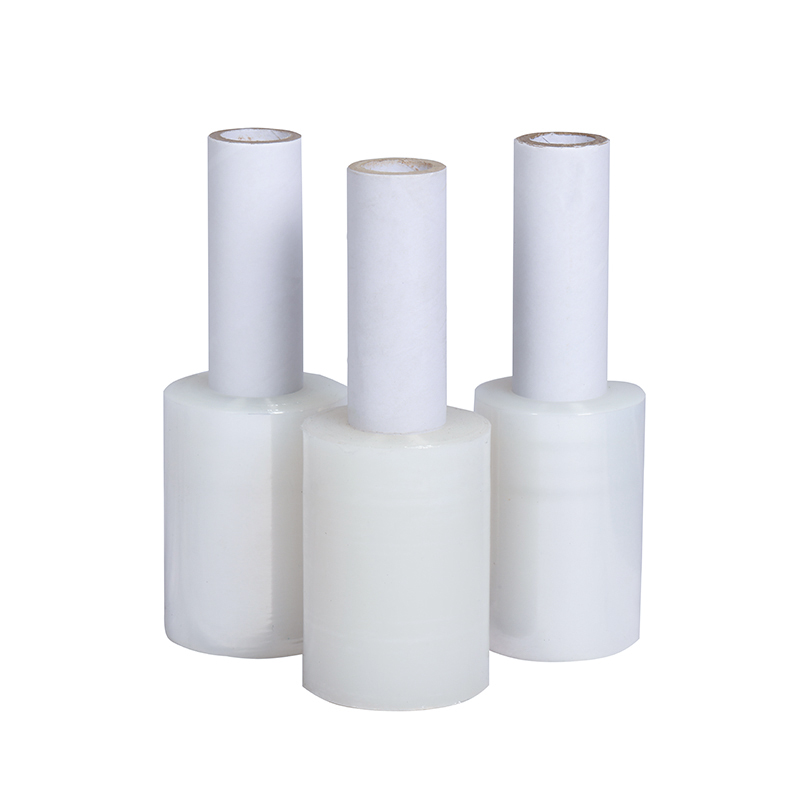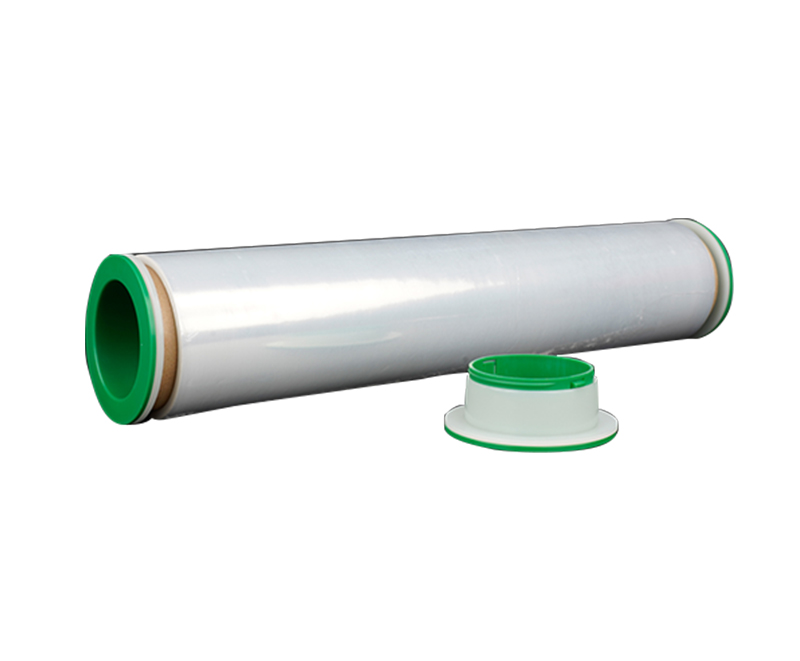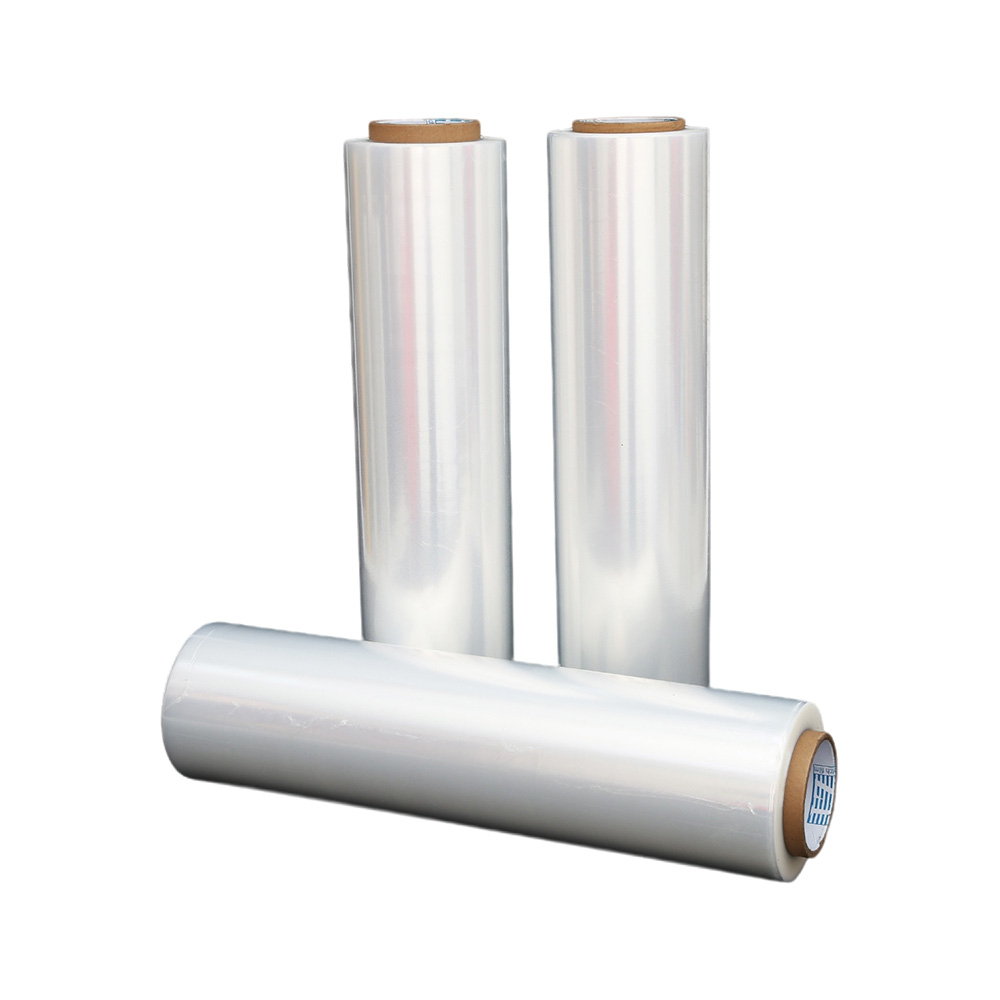What Is the Difference Between Stretch Wrap and Shrink Wrap?
Source:What Is the Difference Between Stretch Wrap and Shrink Wrap?Time:2024-12-17Visitors:
Packaging plays a crucial role in preserving products, especially in industries like logistics, manufacturing, and retail. When it comes to securing items for transportation or storage, two popular options stand out: stretch wrap and shrink wrap. While they may seem similar at first glance, these two types of wraps have distinct characteristics, applications, and benefits. In this article, we will delve into the key differences between stretch wrap and shrink wrap, helping you determine which one is best suited for your business needs.
What Is Stretch Wrap?
Stretch wrap, also known as stretch film, is a highly elastic material that is primarily used to wrap products and hold them securely in place. It is designed to stretch up to several times its original length, providing a tight, secure wrapping around the product. Stretch wrap is commonly used for palletizing goods and securing products for transportation. The film wraps around the item and uses its own inherent tension to hold the product in place, making it an ideal solution for securing boxes, crates, or other items during storage and shipping.
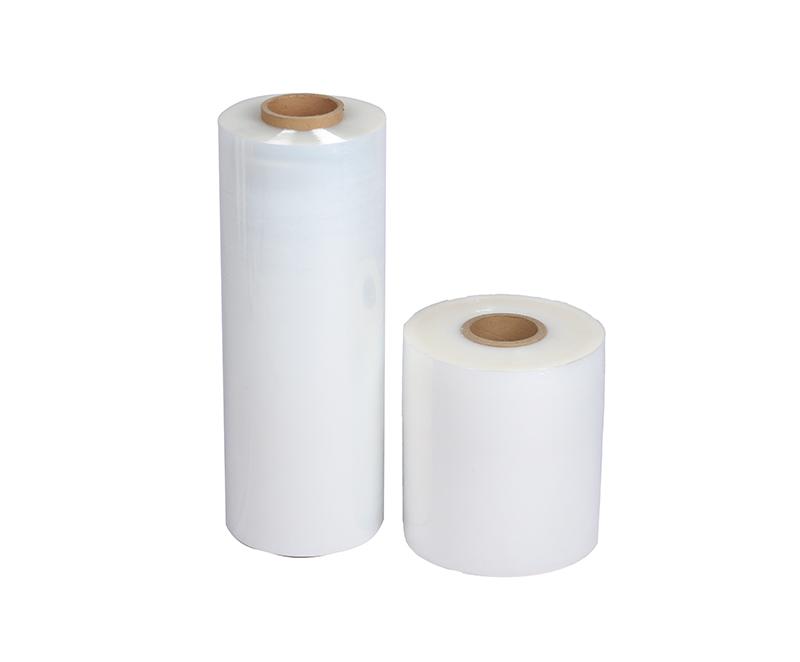
Key Characteristics of Stretch Wrap
Stretch wrap is typically made from polyethylene, a flexible and durable plastic material. Its high elasticity is what distinguishes it from other types of wraps. When applied, it conforms to the shape of the item and maintains its tension to ensure a snug fit. One of the biggest advantages of stretch wrap is that it can be manually or machine applied, making it versatile for different packaging needs. Additionally, stretch wrap is clear, which makes it easy to inspect the contents of the package without opening it.
Common Uses of Stretch Wrap
Stretch wrap is ideal for securing items on pallets, especially when shipping or storing large quantities of products. It is commonly used in warehouses, distribution centers, and shipping companies to wrap products like furniture, electronics, and heavy machinery. Stretch wrap is also often used in retail packaging to bundle items together for easier handling and display. Its ability to tightly conform to the shape of the product ensures that it stays securely in place during transit or storage.
What Is Shrink Wrap?
Shrink wrap, on the other hand, is a type of plastic film that shrinks tightly around an object when heat is applied. Unlike stretch wrap, which relies on tension to secure the product, shrink wrap uses heat to make the film contract, creating a tight seal around the product. Shrink wrap is typically made from materials like polyolefin or PVC, which are heat-sensitive and shrink when exposed to high temperatures.
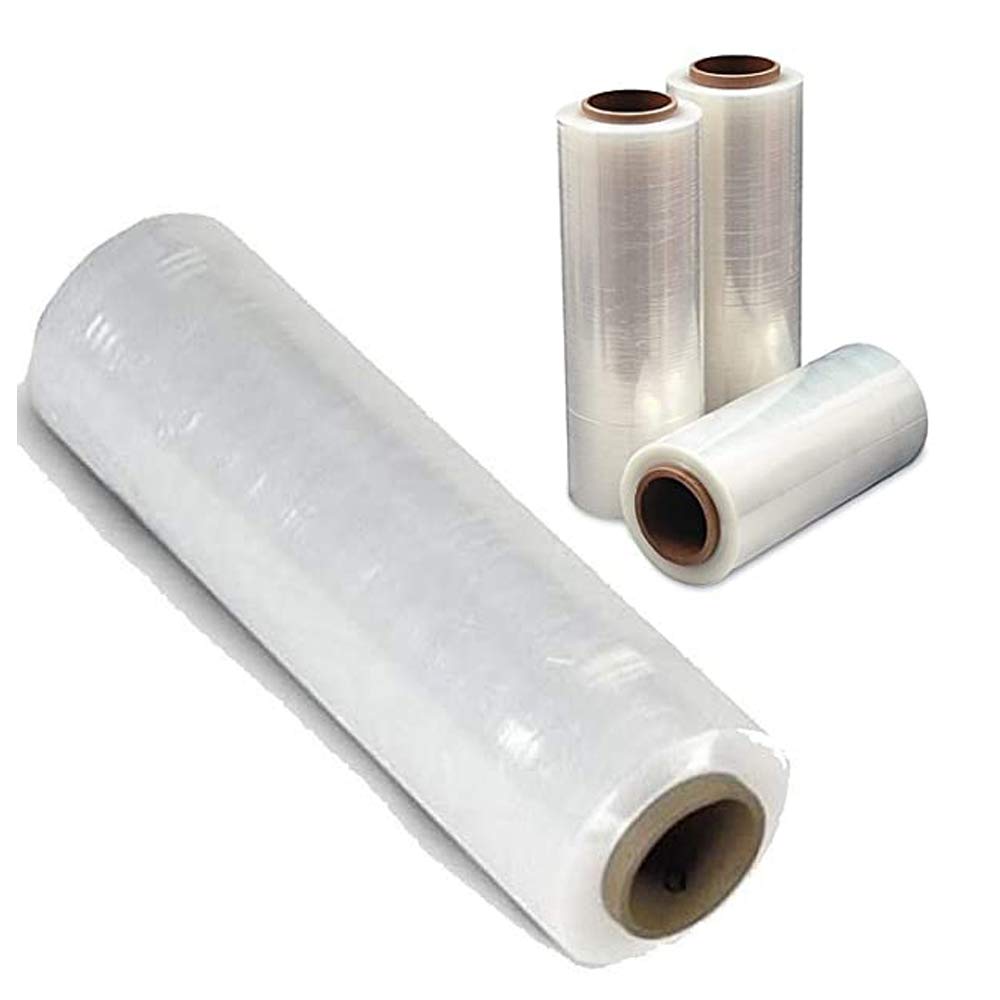
Key Characteristics of Shrink Wrap
The key feature of shrink wrap is its ability to shrink to fit the object it is covering. This film is applied over the product and then heated, causing it to shrink and tightly conform to the shape of the object. This process provides a secure and tamper-evident packaging solution. Shrink wrap is available in both clear and opaque varieties, offering flexibility in terms of aesthetics and branding. The tightness of the seal also protects the product from dust, dirt, and moisture during transportation and storage.
Common Uses of Shrink Wrap
Shrink wrap is widely used in industries where a tight, secure, and professional-looking package is needed. It is commonly used for packaging individual products like electronics, books, and DVDs. Shrink wrap is also used to package food items, as it helps preserve freshness and extends shelf life by providing a protective barrier against contaminants. The heat-sealing process also makes shrink wrap ideal for securing products in retail environments, where product visibility is important, and tamper-proof packaging is a necessity.
Key Differences Between Stretch Wrap and Shrink Wrap
While stretch wrap and shrink wrap serve similar purposes in terms of securing and protecting products, they differ in a few significant ways. First, the application process is different: stretch wrap is applied by stretching the film around the product, using its inherent tension to hold it in place, while shrink wrap requires heat to shrink the film around the product.
Second, stretch wrap is often used for palletizing and securing larger, bulkier items, while shrink wrap is typically used for individual products that need a tight, protective seal. Stretch wrap is also more commonly used in industrial and warehouse settings, while shrink wrap is favored in retail and consumer packaging due to its professional appearance and tamper-proof qualities.
Third, stretch wrap is often easier to apply manually and can be applied at high speeds when using automated machines, making it a more efficient option for packaging large quantities of goods. Shrink wrap, on the other hand, requires a heat source and a more controlled application process, which can make it less suitable for high-volume operations.
Benefits of Stretch Wrap
Stretch wrap offers a number of benefits that make it an excellent choice for securing items during transportation and storage. One of the biggest advantages is its flexibility. Stretch wrap can be applied to a wide variety of products, from small items to large machinery, and it can be easily adjusted to fit the size and shape of the product. It is also cost-effective, as the film is lightweight and does not require additional sealing equipment.
Another benefit of stretch wrap is its ability to provide a secure, tight hold without damaging the product. The tension created by the wrap helps prevent the contents from shifting during transit, reducing the risk of damage. Additionally, stretch wrap is often used in combination with other packaging materials, such as corner protectors and cushioning, to provide added protection.
Benefits of Shrink Wrap
Shrink wrap, on the other hand, provides a number of benefits when it comes to product packaging. Its primary advantage is its ability to create a tight, secure seal that protects the product from dust, dirt, and moisture. This makes shrink wrap ideal for products that need to maintain their cleanliness and integrity during shipping or storage.
Shrink wrap is also tamper-evident, which adds an extra layer of security for consumers. Once the product is sealed, it is difficult to remove the wrap without leaving noticeable signs of tampering. This feature is particularly important for industries like food packaging, where product safety and security are top priorities.
Which Is Right for Your Business?
Choosing between stretch wrap and shrink wrap depends on the specific needs of your business and the type of products you are packaging. If you need to secure bulkier items for transportation or storage, stretch wrap may be the better choice due to its flexibility and ease of use. On the other hand, if you are packaging smaller products or need a tamper-proof seal for retail purposes, shrink wrap may be more suitable.
Both stretch wrap and shrink wrap offer valuable benefits in terms of protection, security, and presentation. Understanding the differences between the two can help you make the right decision for your packaging needs and ensure that your products are properly secured during transit or storage.
Conclusion
In conclusion, both stretch wrap and shrink wrap are highly effective packaging solutions that serve different purposes. Stretch wrap is ideal for securing larger items and palletizing goods, while shrink wrap is better suited for creating a tight, protective seal around individual products. The decision on which type of wrap to use ultimately depends on the size and type of your products, as well as your packaging requirements.
At Zhiteng Packing, we offer a wide range of high-quality packaging solutions, including both stretch wrap and shrink wrap options, to meet the needs of businesses in various industries. Our products are designed to provide superior protection, security, and presentation, ensuring that your items remain safe during transit and storage.
Recommended Products
Ranked in the same article
- how to use the stretch film technology to r
- How can we get detailed price list?
- Five common quality problems of PE protecti
- Plastic film degradation
- How to guarantee punctual shipment for our
- Gauge to Micron and Millimetre Conversion G
- What is the difference between stretch film
- Testing the permeability of stretch film
- Stretch film temperature requirements
- Electrical wire film VS electrostatic film
- Why insufficient transparency of stretch w
Latest news articles
- Testing the permeability of stretch film
- What Is Red Stretch Film and What Are Its B
- What Is the Difference Between Shrink Wrap
- Factors That Affect the Stretching Function
- What is Stretch Film Used For?
- The use of pe stretch film
- PE vs PVC Stretch Film: A Comprehensive Gui
- The Influence of Stretch Film Thickness on
- PE stretch film how to cut?
- Exploring the Versatility of PE Stretch Fil
- Stretch Film Wrap: Exploring Its Advantages

